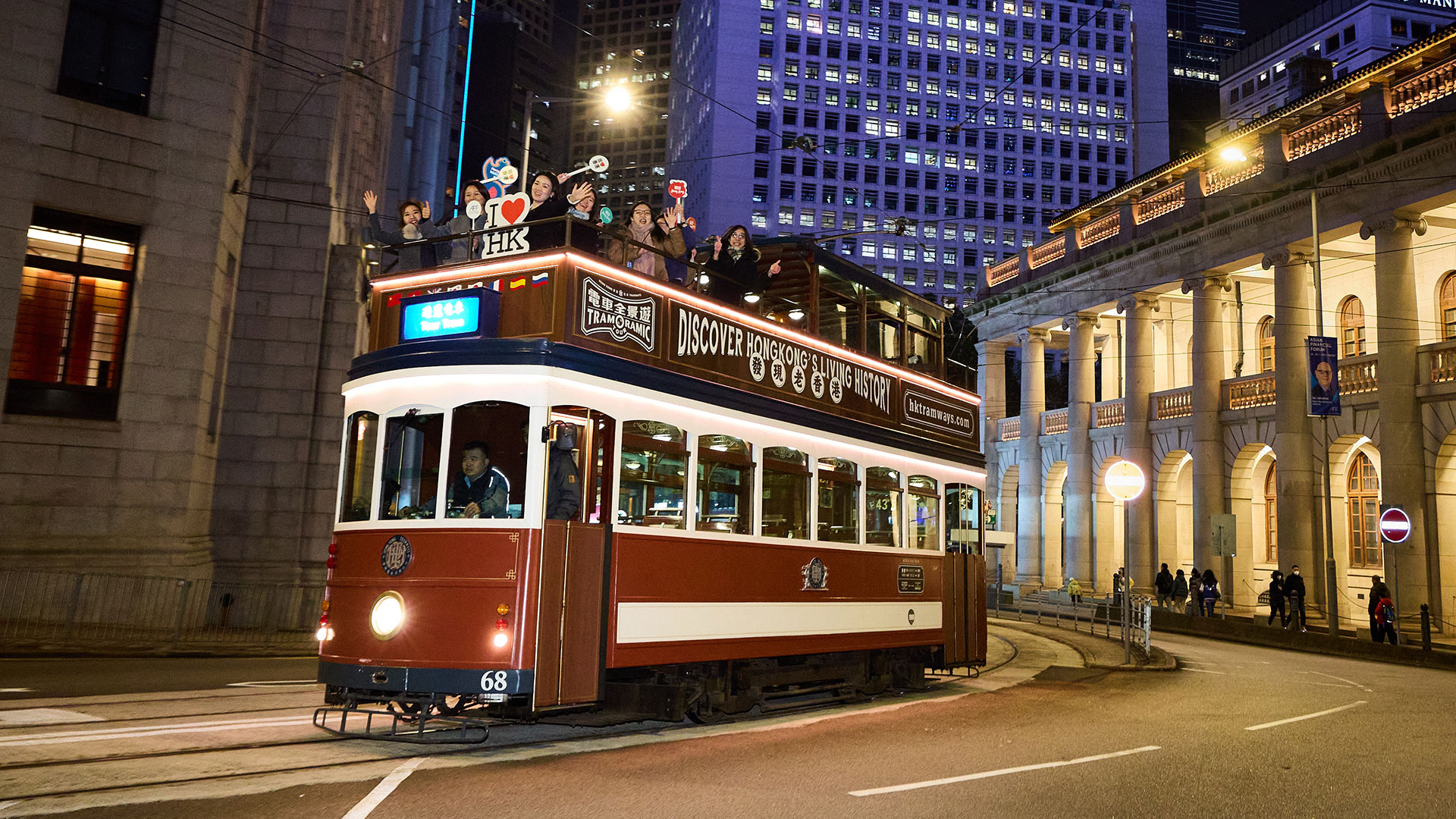
Arrival Notice: In a tactical change, Hong Kong is rolling out new local attractions. Will more tourists roll up?
Hong Kong’s ability to attract tourists and stage major events featuring international stars has dominated the headlines over recent months. Just when visitor numbers began to rebound following the devastating Covid years, the Lionel Messi saga put Hong Kong in an unwelcome global spotlight and undoubtedly left many unanswered questions. Negativity about visitors reducing their spending while on our shores has also threatened to derail efforts to lure more.
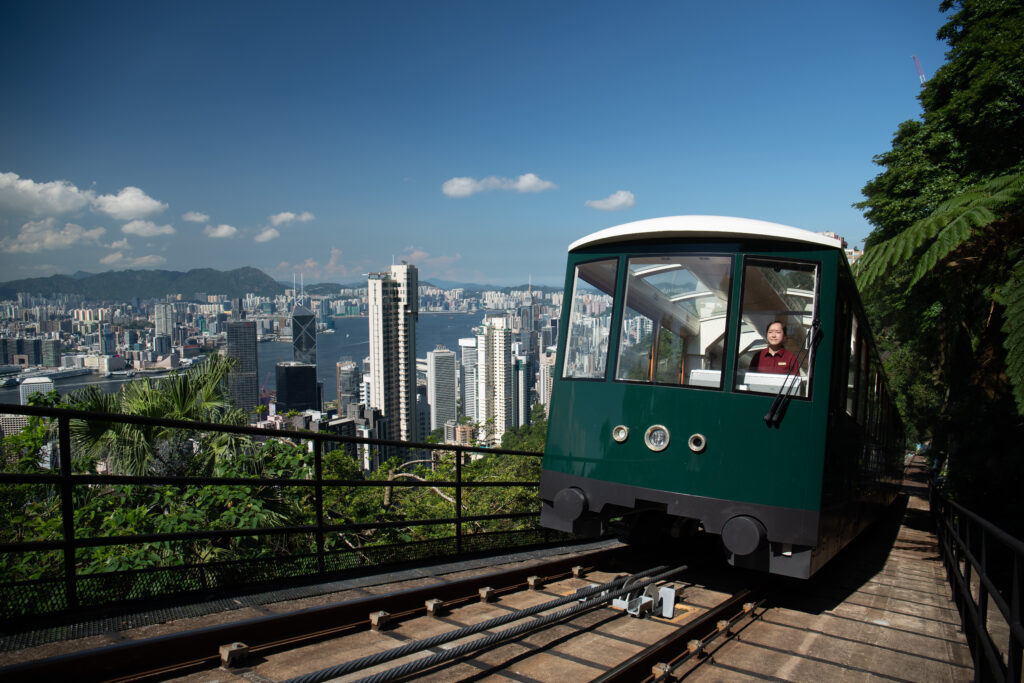
It wasn’t always difficult, of course. Hong Kong has been a beacon for tourists through the ages. The stunning harbour set against the backdrop of a forest of skyscrapers and majestic hills has long captivated the imagination, and there are positive signs pointing to a return to the days of abundant incomers.
Cruise high
In an indication of rising arrival rates, cruise ship visits are now buoyant. Hong Kong Tourism Board (HKTB) shares that from November 2023 to April 2024, the number of international ship calls exceeded pre-pandemic levels. No doubt many of those luxury-cruise travellers would have been mesmerised by the engrossing view of the fragrant harbour as their ship slowly moored at Ocean Terminal or the Kai Tak Cruise Terminal.
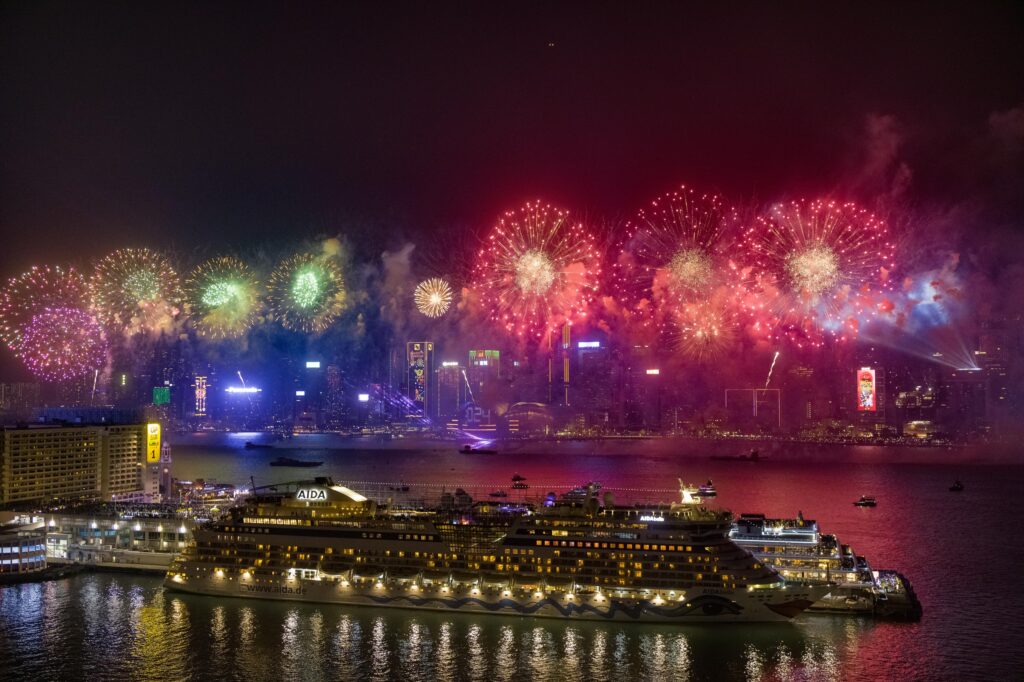
Tourism is big business. Government economists have calculated that each batch of 1.5 million tourists contributes HK$3 billion to Hong Kong’s gross domestic product.
In the recent Budget, HK$1.09 billion was allocated to help boost tourism, which will enable the HKTB to increase efforts in four strategic directions: developing diversified tourism experiences; staging and supporting large-scale international events; developing diverse visitor source markets and stepping up promotions; and enhancing service quality and providing continuous support for the travel trade. A new dedicated team at the HKTB, the Mega Event Development and Advancement division, has been tasked with helping global event organisers navigate their way into the city more easily.
Shift in emphasis
HKTB spokesperson opines that Hong Kong’s tourism offerings do not necessarily need to be improved, but there should be a shift to cater to changing consumer preferences.
Government estimates suggest tourism numbers in Hong Kong will recover to 50 million visitors this year – a figure encouragingly revised from an earlier HKTB forecast of about 46 million. While this is up from 2023, it still represents a significant shortfall from pre-pandemic levels; about 65 million tourists flocked to Hong Kong in 2018, with nearly four in five arriving from mainland China.
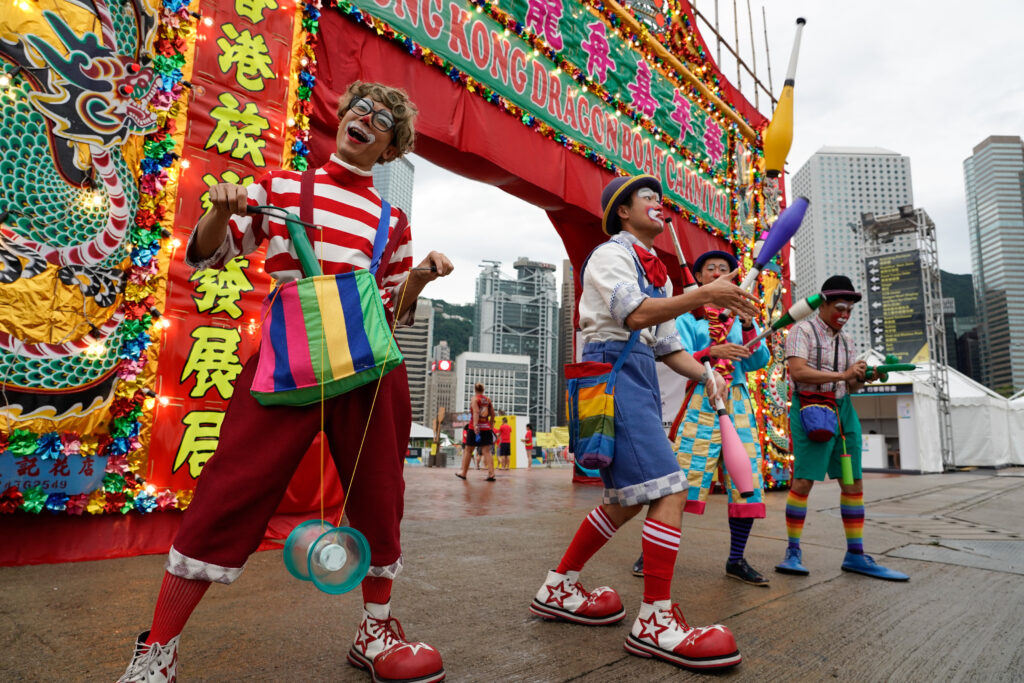
Today’s tourists from the north, though, do not seem to splurge on luxury items as before. “Changes in consumer behaviour and travel demands have undergone a paradigm shift from consumption to higher demand of immersive and in-depth experiences,” says a HKTB spokesperson. “[So] our tourism offerings are also gradually shifting the focus from tactical offers such as discount and brick-and-mortar shopping experiences to arts and culture, wellness and green tourism, together with digital experiences and quality, customisable services.
Reconnecting tourists
HKTB research suggests recent HKTB campaigns like ‘Hello Hong Kong’ and ‘Hong Kong Night Treats’ have been hugely successful in re-engaging with world travellers. The goal for the upcoming year is to convert tourists interested in visiting Hong Kong into actual arrivals, and secondly, to get them spending in town.
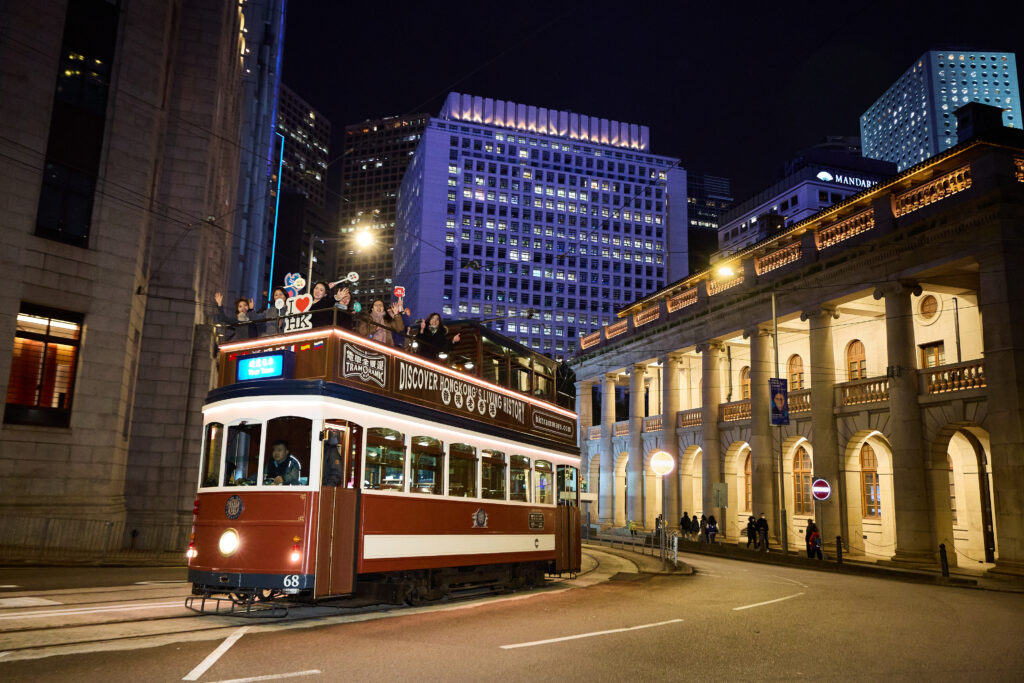
Just the first step in the diversified tourism experience will be a revamped version of the nightly light-and-sound show ‘A Symphony of Lights’. Monthly pyrotechnic and drone shows, another of HKTB’s new initiatives, have been in the firing line though, as an environmentally aware segment of public opinion suggests these should be switched to drone-only.

Financial Secretary Paul Chan has indicated the pyrotechnic shows would encompass different monthly themes in line with mega events. He also suggested publicity measures to promote Hong Kong would include producing reality TV shows and rewarding outstanding frontline staff in the hospitality sector.
Local flavour
The HKTB recently leveraged its year-round promotional platform, ‘Arts in Hong Kong’, to showcase international art and cultural events, including Art Basel Hong Kong, Art Central and ComplexCon Hong Kong, in a bid to create a wider buzz. Through its research after the pandemic, the tourism body has gleaned that visitors are particularly drawn by local culture. A cha chaan teng-style cafe, for example, was set up at Art Basel to add local flavour and enrich visitor experiences.
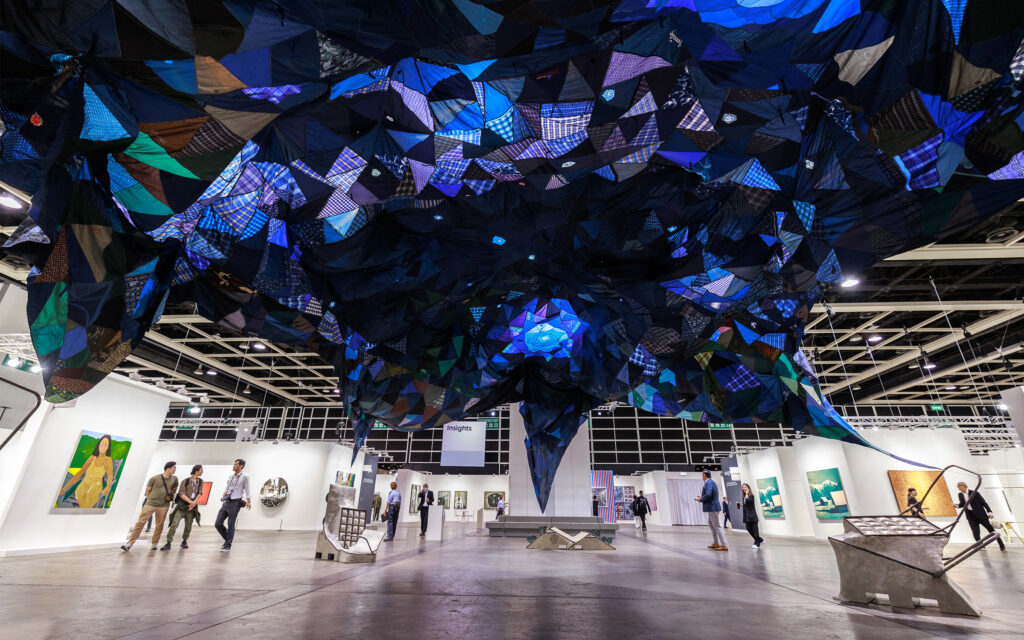
“That’s why we will continue to promote the local neighbourhoods to offer authentic experiences and launch a second phase of the Temple Street promotion,” says a HKTB spokesperson. “Our East-meets-West festival calendar is also unique in Asia, and we will devote tangible resources to amplify the ambience of these festivities through events, promotions and city-wide décors to appeal to visitors.
Events capital
Much debate of late has centred on Hong Kong’s capability to promote and stage world- class events and bring big stars to the city. That Singapore held an exclusive deal to hold the Taylor Swift concert with plenty of carrot involved in the form of government monetary assistance caused some consternation here. Whether taxpayer’s money would be best served by such inducements is the source of heated argument in Hong Kong. There has been much talk of the ‘Swiftonomics’ effect of her performances in Singapore.
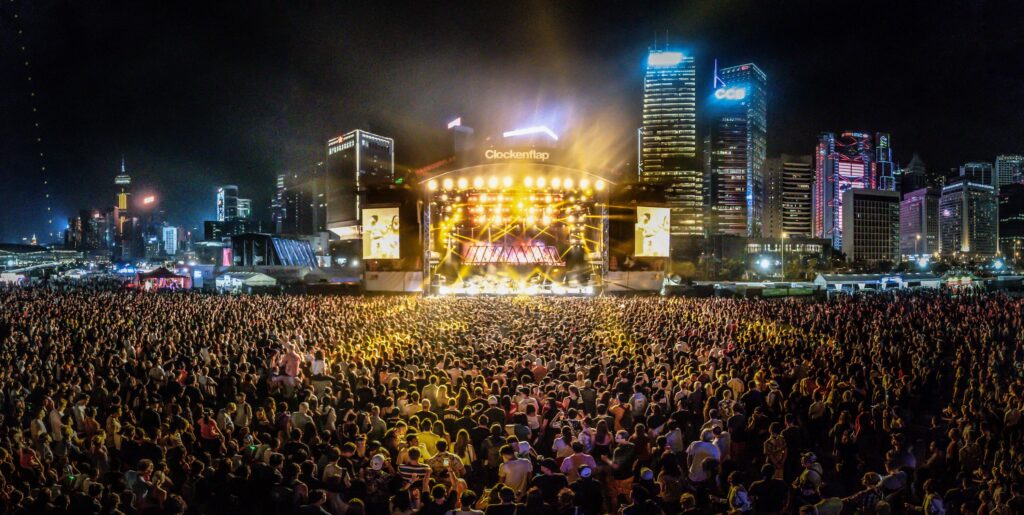
The government did inject HK$16 million into last month’s LIV Golf tournament, which duly attracted global attention and some of the best golfing professionals. The fact that this widely- praised event proved such a success has gone some way to alleviating disappointment over the Messi no-show.
In terms of courting international mega acts, the 50,000-capacity stadium at Kai Tak Sports Park is expected to open next year. Hoteliers hope this facility will help entice stars to perform in the city and fans to stay overnight, especially if multi-night performances can be scheduled. The authorities also intend to release details of mega events in a timelier manner so commercial entities can best capitalise on business opportunities.
Quality count
What the city can be proud of is the breadth and quality of the events it holds. Underscoring Hong Kong’s intention to remain Asia’s event capital, the HKTB spokesperson reeled off a number of major events organised or partnered by the HKTB that will “contribute to soliciting high-yield and high-value visitors”. These include the Hong Kong Sevens, Hong Kong Tennis Open, Art Basel, Clockenflap, Hong Kong International Dragon Boat Races, Hong Kong Cyclothon and Hong Kong Wine & Dine Festival.
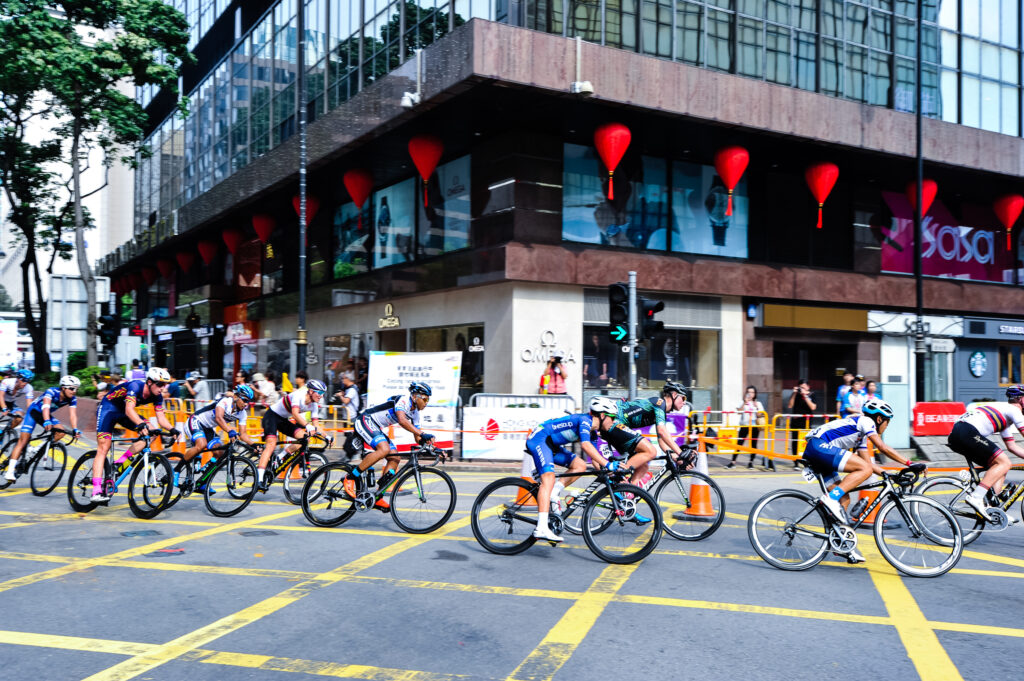
The five Art March installations running until 2 June are expected to attract more than two million visitors. Despite an estimated combined staging cost of about HK$50 million, they are free to the public, and the government has stressed the idea is to bring fun and happiness to the city.
One particularly innovative offering, teamlab: Continuous, features more than 200 luminous eggs sitting in Tamar Park and dotting Victoria Harbour. The hues and acoustic outputs of this mesmerising display of ovoids will transform upon interaction with visitors.
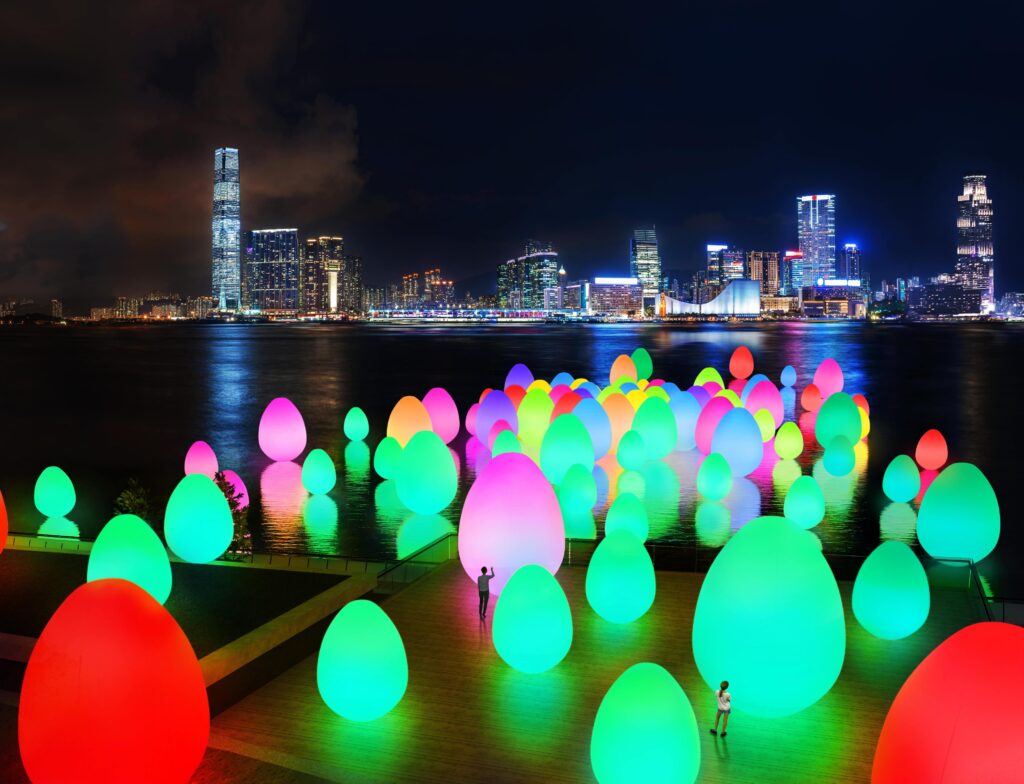
Art March spanned a diverse range of activities from exhibitions of art and culture to television and film festivals. These were part of 80 events scheduled for the first half of 2024, as Hong Kong slowly but surely woos back the gone but not forgotten tourists.







